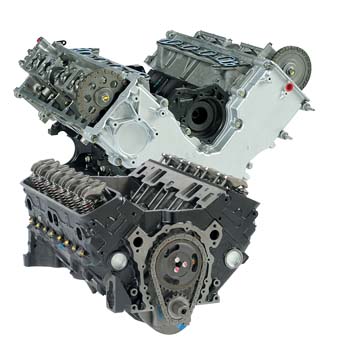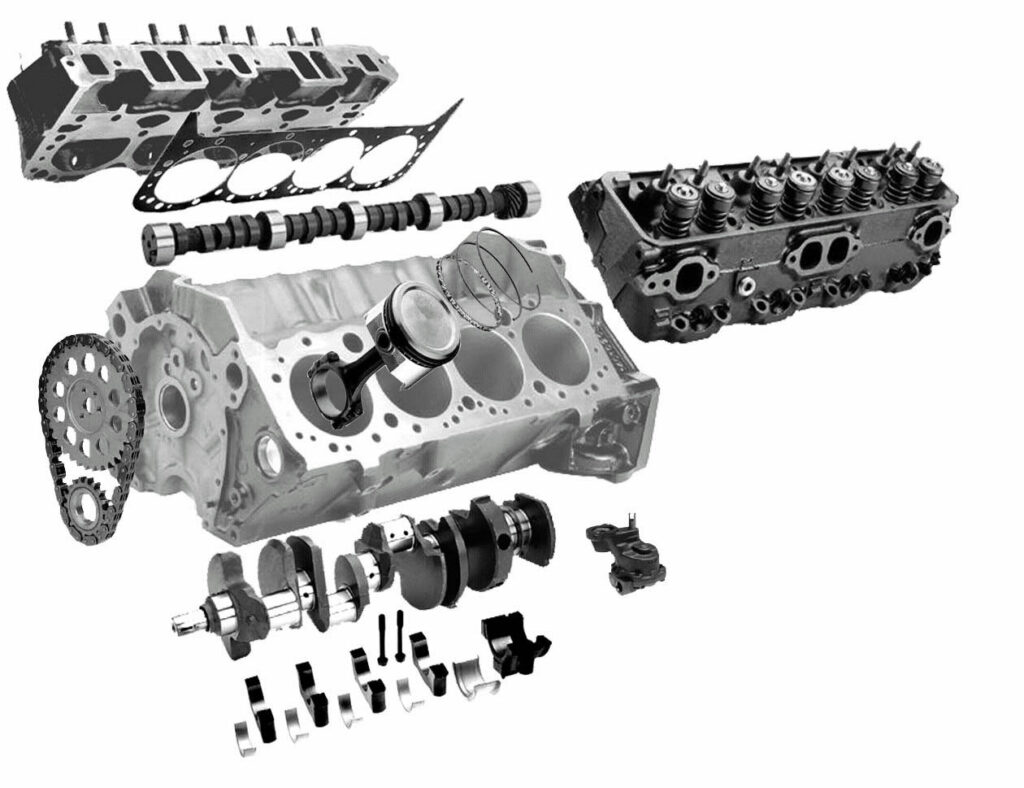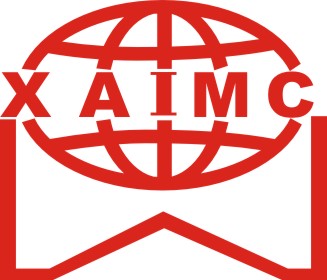On the direct-drive Cub Cadet, power from the engine is through the clutch and driveshaft assembly to the transaxle and to the rear tires. If the clutch is severely worn or if stock (OEM) parts may slip and little power or torque will be transferred, especially when using the tractor for competition pulling (especially with a big engine in a fast gear), gardening or to haul heavy loads. An engine in a competition pulling tractor that’s built to the max or runs at high RPM or at wide open throttle produces a lot more torque than what the engineers at Cub Cadet originally anticipated for the driveline to handle. Therefore, the clutch assembly is the weak point (and the one-piece carrier and coarse spline axles), and will need to be reinforced and built up for strength for durability and to prevent slippage. Remember: towards the end of the track, if the tires don’t spin or the engine bogs down, then the clutch will slip or something elsewhere in the driveline will possibly twist or break.

Types of Clutch Assemblies –
An ordinary clutch assembly for general lawn and garden use consist of a OEM quality steel driveshaft, composite/fiber clutch disc and an OEM pressure spring. But a clutch assembly for heavy lawn and garden use consist of a heavy duty 3- or 6-pin drive plate, either high strength steel or stainless steel driveshaft, either a single aftermarket composite/fiber clutch disc or a single aluminum clutch disc, and definitely a much stiffer pressure spring for placing a heavier load against the clutch disc. Also, the pressure plates will definitely need to be resurfaced until perfectly flat and trued-up in a small metal lathe to ensure that the pressure plates will adhere to the clutch disc sufficiently to prevent slippage. Because new OEM Cub Cadet pressure plates are made of stamped steel and are not machined whatsoever. This means they are not perfectly flat and they wobble from the factory when new. If used pressure plates have not been resurfaced before, then chances are, they’ll still be thick enough after being resurfaced. Always remove the minimal amount of metal to retain maximum thickness so they will not warp when hot. (IMPORTANT: If you don’t feel comfortable using a metal lathe, please consult a professional and experienced machinist with a lathe.) The same happens to automotive flywheels and pressure plates as the clutch disc wears. They need to be resurfaced too, when installing a new clutch disc. And the heavier or stronger the clutch assembly is, the more it will cost. By the way – if the rotating clutch parts are precision balanced, installed and adjusted correctly, the OEM Cub Cadet or aftermarket composite/fiber clutch disc setup should last a long time, a lot longer than the popular aftermarket 3 puck metallic clutch disc.


